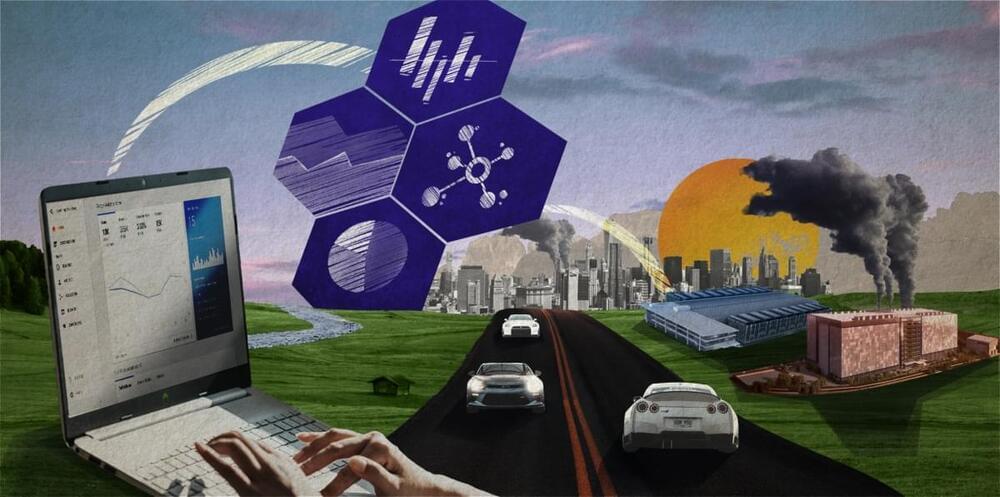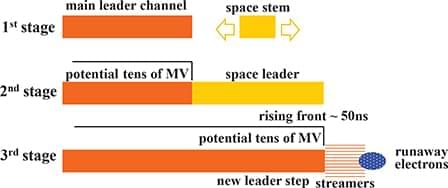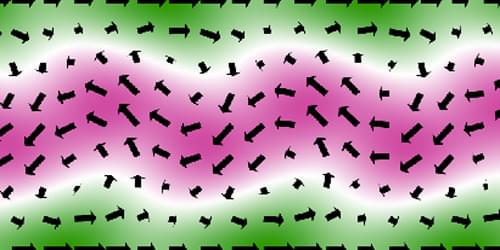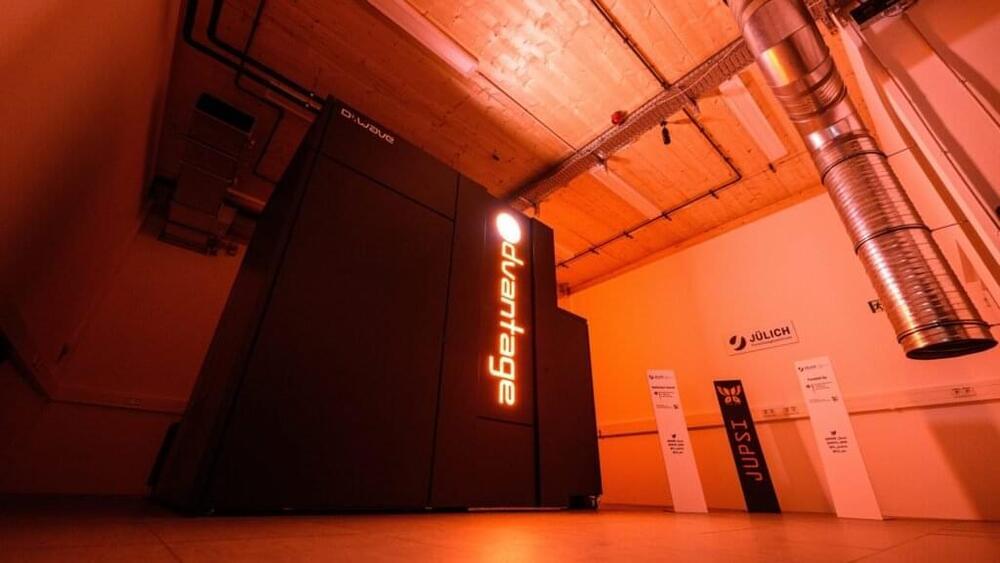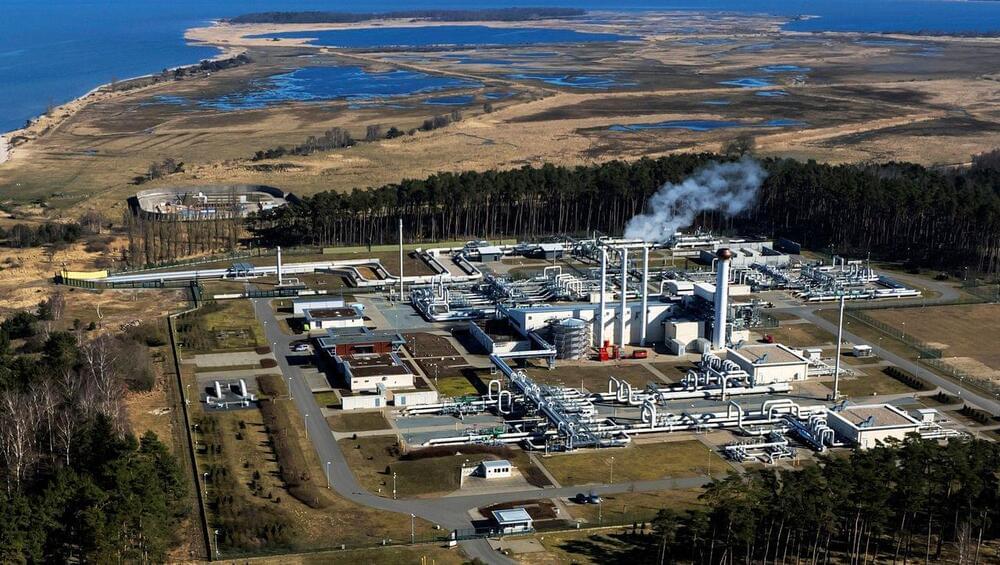Were you unable to attend Transform 2022? Check out all of the summit sessions in our on-demand library now! Watch here.
Editorial Disclosure: The author of this article has a business relationship with James Phare, CEO and founder of Neural Alpha.
What does sustainability actually mean for organizations? Can it be measured, and if yes, how so? Often, these are obvious questions with less-than-obvious answers, even for sustainability and environmental, social and governance (ESG) professionals like James Phare.
